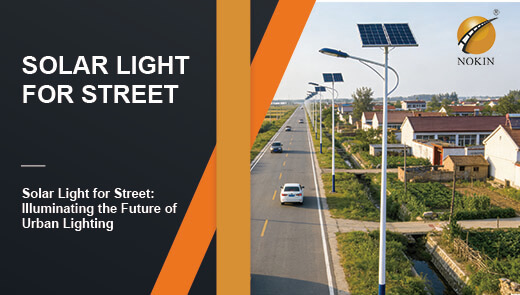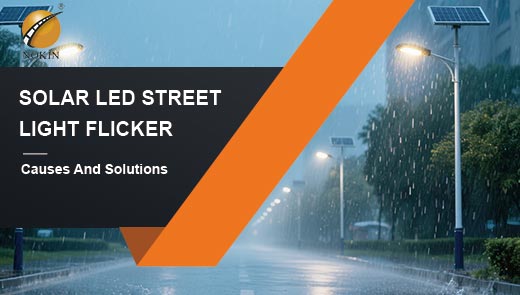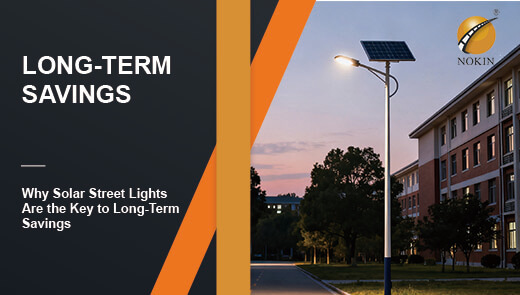How Do You Choose the Right Beam Angle for LED Flood Lights?
What Is Beam Angle in LED Flood Lights?
As core equipment for outdoor and industrial lighting, the beam angle of LED floodlights is a key indicator determining lighting effectiveness. The beam angle specifically refers to the spread of light in space, directly affecting coverage range and light concentration. Simply put, the beam angle acts as the floodlight's “illumination range controller.” LED floodlights with different angles cater to entirely distinct lighting scenarios. Whether illuminating a small backyard or a large stadium, understanding the fundamental concept of beam angle is essential for selecting the right equipment.
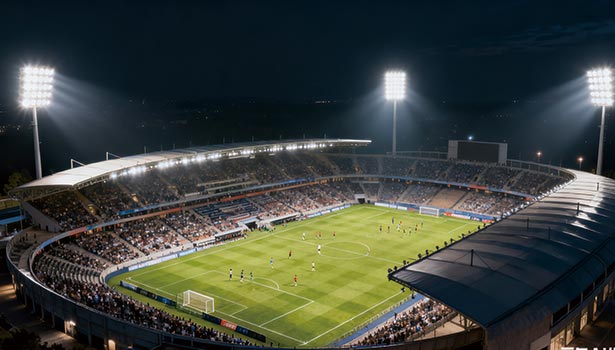
Types of Beam Angles for LED Flood Lights
Narrow Beam Angle
Narrow beam angle flood lights feature angles ranging from 10° to 30°. Their core characteristics include highly concentrated light, extended illumination distance, high local light intensity, and minimal light wastage, enabling precise focus on target areas. Typical applications include accent lighting for landscape trees, highlighting building logos, and focused illumination for billboards. By concentrating light to make the target the visual focal point, this type is ideal for scenarios requiring “precise lighting.”
Medium Beam Angle
Medium beam angle floodlights feature an angle range of 30°–60°. Their core characteristic is moderate light dispersion, ensuring adequate coverage while maintaining good light intensity. They strike a balance between “focused illumination” and “area coverage,” avoiding both excessive brightness from over-concentration and insufficient brightness from overly wide dispersion. Typical applications include overall illumination for small home courtyards, safety lighting for garden pathways, and daily lighting for balcony areas. They meet the comprehensive LED floodlight requirements for small to medium-sized spaces, balancing practicality and comfort.
Wide Beam Angle
Wide beam angle floodlights feature angles ranging from 60°to 120°. Their core characteristic is extensive light coverage, uniformly illuminating large areas to eliminate dark spots. However, due to the broad light dispersion, local light intensity is relatively lower, prioritizing “overall uniform illumination” over “localized high brightness.” Typical applications include comprehensive lighting for commercial parking lots, work area illumination in factory workshops, field lighting for stadiums, and public lighting for large plazas. By achieving broad diffusion, these lights efficiently meet the high-coverage lighting demands of open spaces, reducing both fixture quantities and energy consumption.
How Beam Angle Affects LED Flood Light Performance
The beam angle not only determines the illumination range of LED flood lights but also directly impacts light intensity, energy efficiency, and even aesthetic presentation. It is a core factor influencing LED flood light performance. The following analysis explores four dimensions to help understand the specific effects of beam angle on LED flood lights.
Light Coverage and Distribution
The beam angle is key to controlling the coverage range and light distribution of LED flood lights. Flood lights with different angles produce distinctly different coverage effects: Spotlights with narrow beam angles (10°–30°) concentrate light in a specific direction, offering a small coverage area but strong focus. They are ideal for scenarios requiring “precise illumination,” such as highlighting a single landscape tree or billboard. This ensures the target area becomes the visual focal point without light dispersion.
In contrast, floodlights with wide beam angles (60°–120°) emit light that spreads broadly in all directions. They provide extensive coverage with uniform distribution, making them ideal for open spaces like stadiums and parking lots. Using these LED floodlights effectively eliminates “lighting blind spots,” ensuring the entire area is evenly illuminated to meet large-scale lighting requirements.
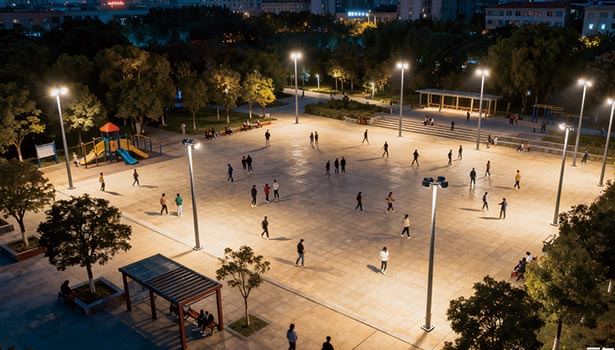
Light Intensity
The beam angle and light intensity of LED floodlights exhibit an “inverse relationship.” That is, the narrower the beam angle, the more concentrated the light from the floodlight becomes, resulting in higher light intensity within the illuminated area. Conversely, the wider the beam angle, the more dispersed the light becomes, leading to lower light intensity across the same area. For example, illuminating a gate with a 10° narrow beam angle LED floodlight significantly brightens the entrance area compared to the surrounding environment, enabling clear identification of people passing through. This meets the brightness requirements for LED floodlights in security scenarios. Conversely, illuminating a playground with a 120° wide-beam-angle floodlight will cover the entire area but result in lower brightness per point compared to a narrow beam angle. This configuration is better suited for activities requiring overall ambient brightness rather than high-intensity lighting focused on a single point.
Energy Efficiency
Selecting the appropriate beam angle is crucial for enhancing the energy efficiency of LED floodlights. Mismatched beam angles lead to significant energy wastage: for instance, using narrow-beam LED floodlights to illuminate large parking lots requires installing more fixtures due to their limited coverage area. This not only increases equipment procurement and installation costs but also wastes electricity from excessive lighting.
Conversely, using a wide-beam LED floodlight for a small garden directs most light onto unused areas beyond the walls. This results in insufficient brightness where lighting is actually needed while simultaneously wasting energy. Only by precisely matching the beam angle to the space size can the light from LED floodlights be fully directed to the required illumination area, minimizing energy wastage and maximizing energy utilization.
Balancing Aesthetics and Functionality
The beam angle harmonizes the lighting functionality and aesthetic presentation of LED floodlights, enabling them to fulfill practical needs while enhancing the visual appeal of the scene: LED floodlights with narrow beam angles create a “dramatic spotlight effect.” For instance, a 20° LED floodlight illuminating architectural reliefs from below accentuates their contours and textures, enhancing three-dimensionality and artistic appeal. This transforms ordinary architectural details into visual focal points, highlighting their aesthetic value.
Wide-beam-angle LED floodlights deliver uniform, soft illumination. For instance, an 80° floodlight illuminating a home garden creates a bright yet gentle environment without stark contrasts. This suits daily relaxation and family activities, enhancing overall comfort and practical functionality.
How to Select LED Floodlight Beam Angles for Different Applications?
For Small to Medium Areas
Small to medium areas primarily include home courtyards, garden paths, balconies, and stairwells. Lighting for these spaces prioritizes “highlighting focal points while avoiding light wastage.” Therefore, narrow to medium beam angle LED floodlights (10°-60°) are the preferred choice. For instance: * To illuminate ornamental shrubs in a garden, a medium beam angle of 30°-40° fully illuminates the shrub's form and color without spreading light into neighboring properties or unnecessary areas, preventing disturbance. For illuminating walkways near entrances, a narrow beam angle of 20°–30° clearly lights the path, preventing slips due to insufficient light while avoiding excessive brightness that could disturb indoor rest areas—balancing safety and comfort.
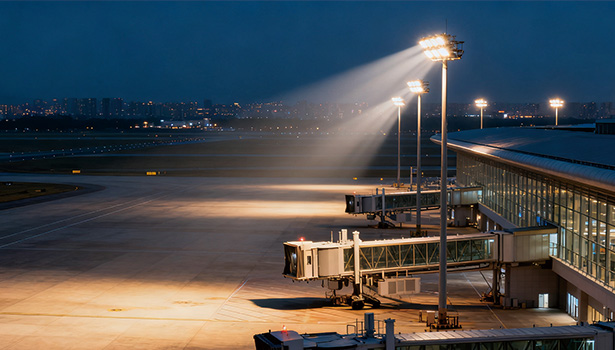
For Large Areas
Large areas encompass commercial parking lots, factory workshops, stadiums, and large plazas. The core lighting requirement for such spaces is “comprehensive coverage and uniform brightness,” while minimizing the number of LED floodlights to control costs. Therefore, a wide beam angle of 60°–120° is essential. For commercial parking lots, an 80°–100° wide beam angle allows a single LED floodlight to cover 4–6 parking spaces. This reduces installation quantities, lowers equipment procurement and maintenance costs, and eliminates “shadow zones” between spaces. It ensures clear visibility for parked vehicles and pedestrians, enhancing safety.
For stadiums, an ultra-wide beam angle of 100°–120° is ideal. This ensures uniform brightness across both spectator stands and playing fields, maintaining optimal viewing experiences and athletic performance while meeting the high-efficiency lighting demands of large public spaces.
For Specific Areas or Features
Spotlighting for specific areas or features primarily refers to focused illumination on individual targets, such as landscape trees, building logos, wall reliefs, or billboards. The core requirement for these scenarios is to “highlight the target and draw attention,” making narrow beam angles of 10°-30° the only suitable option. For instance, when illuminating a landscape pine at a residential entrance, selecting a narrow beam angle of 15°-20° and directing light upward from the base of the trunk allows the light to spread along the trunk and branches. This highlights the tree's upright form and textural details, transforming the landscape tree into a visual focal point at night and enhancing the aesthetic appeal of the environment. When illuminating a wall-mounted brand logo, a narrow beam angle of 10°-15° ensures the logo's brightness significantly exceeds the surrounding wall surface. This prevents interference from other light sources, enabling passersby to clearly recognize the brand information and achieve promotional effectiveness, fully leveraging the LED floodlight's focusing capability.
Selecting the appropriate beam angle for LED floodlights requires more than relying solely on numerical values. It demands careful consideration of the illumination area's size, core purpose, and desired outcome. Only by precisely matching the beam angle to the scene's requirements can the performance advantages of LED floodlights be fully realized. This ensures lighting meets standards while avoiding energy and equipment waste, allowing each LED floodlight to deliver maximum value in its specific application.

